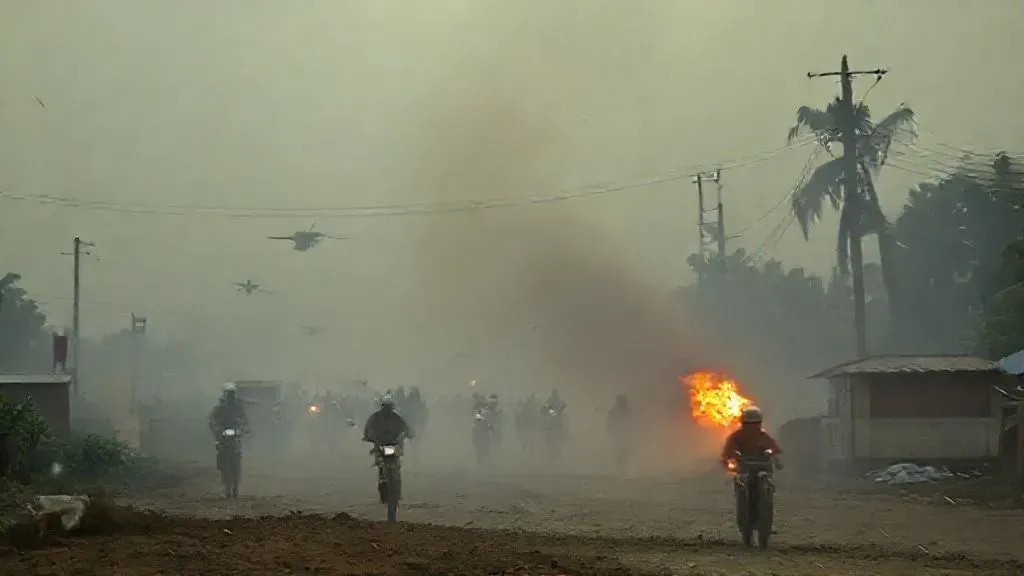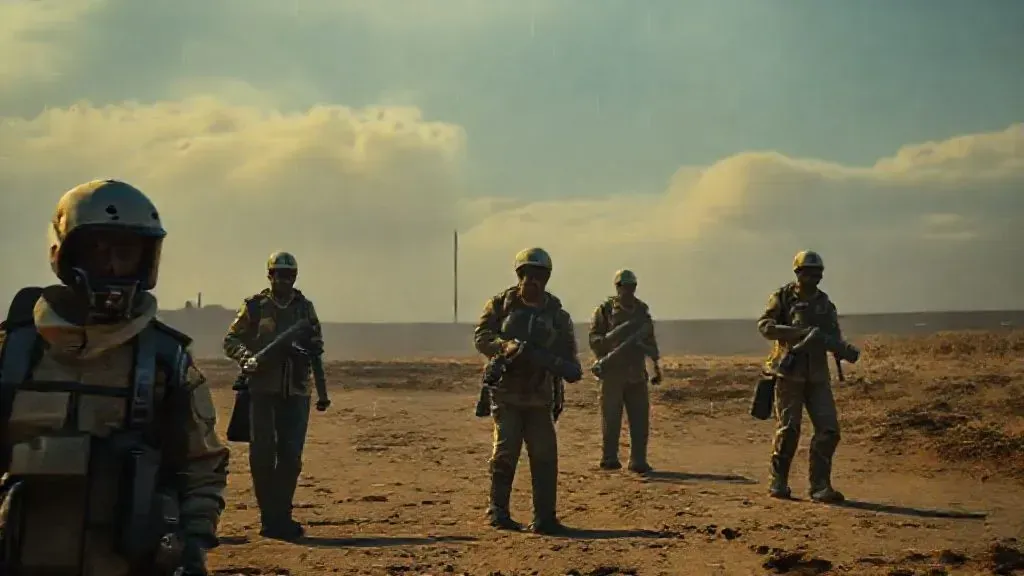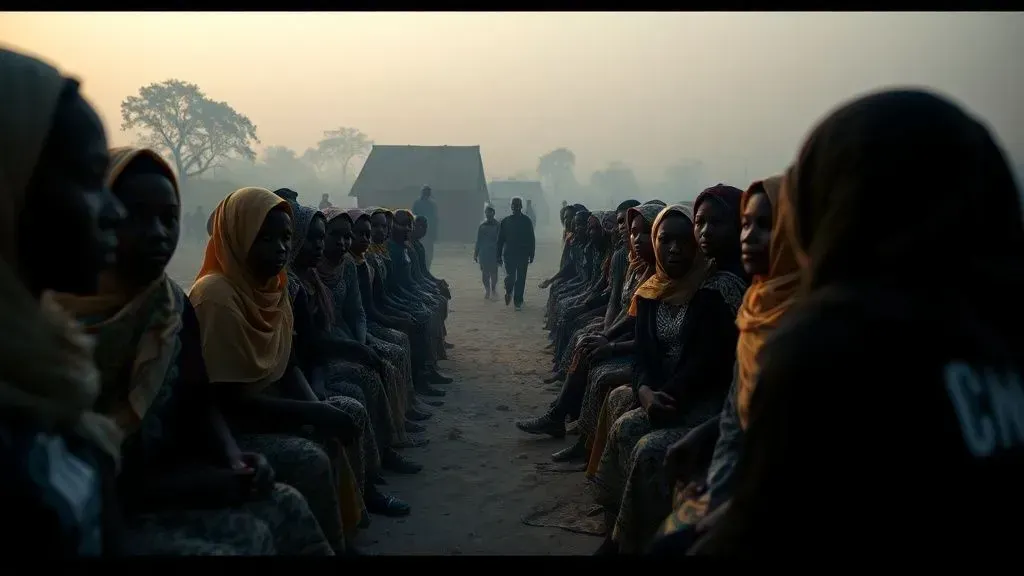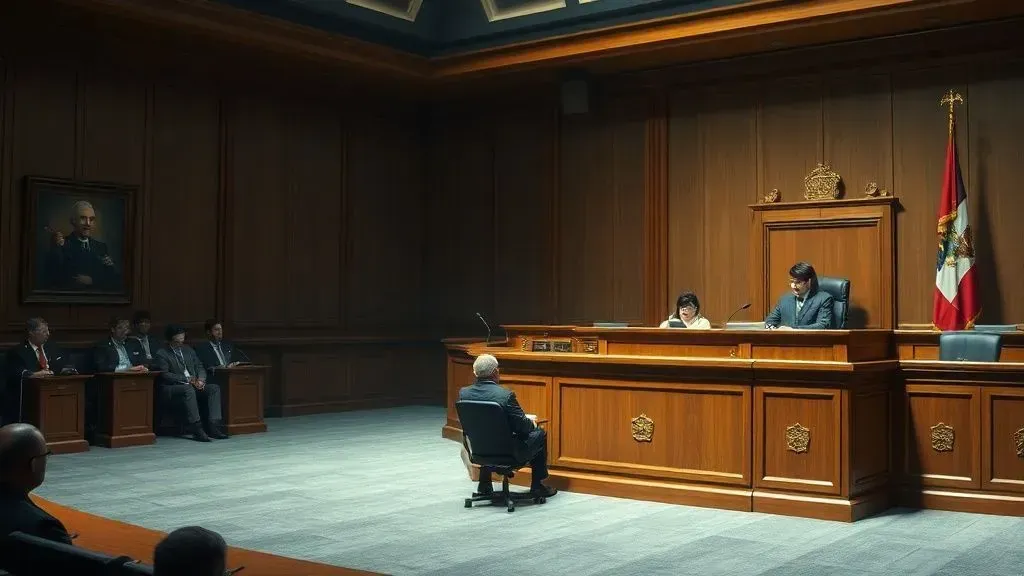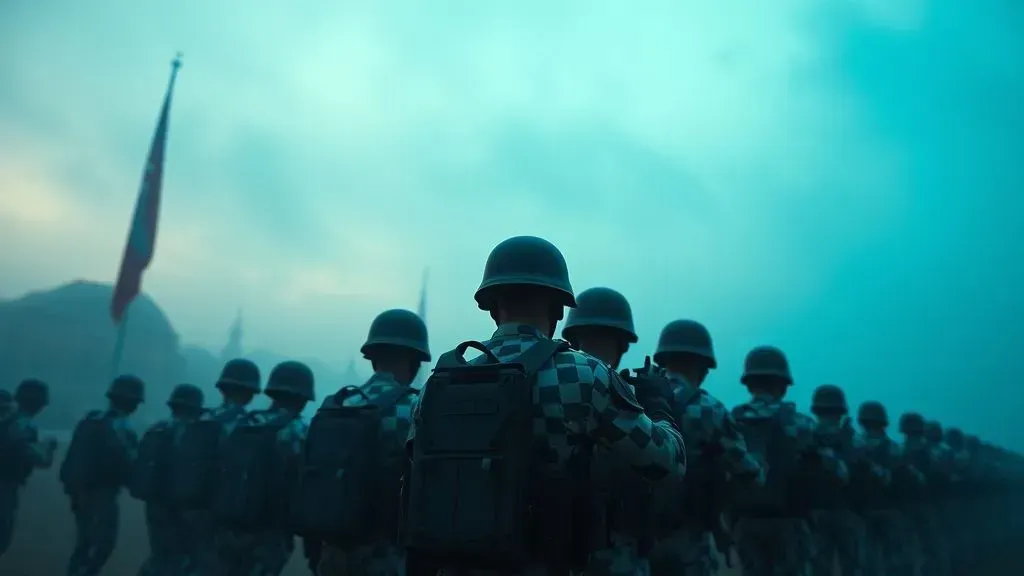
Several European countries have reintroduced conscription since Russia's 2022 invasion of Ukraine, and Croatia became the latest on October 24, 2025.
Parliament approved amendments to defense laws to strengthen national security.
This shift responds to heightened tensions and crisis needs.
Background on Croatia's Decision
Croatia suspended mandatory service in 2008 to professionalize its forces after joining NATO.
Recent global conflicts prompted the reversal.
According to the Defence Ministry, young people need basic skills for crises to aid national security.
The move addresses threats from the Russia-Ukraine war and natural disasters.
Defence Minister Ivan Anusic stated that various threats demand community action for effective responses.
He emphasized defending the country as crucial against any danger.
European Trends in Conscription
Latvia reinstated compulsory service for men aged 18-27 in 2024 due to Russian aggression.
Lithuania brought it back partially in 2015 after Crimea's annexation.
Sweden reimposed the draft in 2017 amid security concerns.
Norway introduced it for women in 2015, marking a first in Europe.
France trialed a national service in 2019, with President Macron urging youth to bolster army ranks.
Germany approved voluntary recruitment in August 2025, as Minister Boris Pistorius noted a strong army prevents wars.
These actions reflect broader EU preparedness since the Ukraine conflict.
Details of Croatia's Program
The training lasts two months and focuses on essential military skills.
It includes handling weapons, using drones, first aid, and self-defense tactics.
Lessons draw from Croatia's Homeland War operations.
Around 4,000 recruits join annually in five groups.
Men born in 2007 receive medical checks by December 2025.
Those aged 19-30 may face calls under specific rules.
Women can volunteer, but service mandates men only.
Conscientious objectors opt for three to four months of civil service in disaster response.
Implementation and Locations
Training occurs at barracks in Knin, Slunj, and Požega.
Instructors from the armed forces lead sessions with modern standards.
Medical exams happen near recruits' homes for convenience.
Fit candidates proceed to training or get postponements until age 29.
Unfit individuals gain release from duty.
The program costs about 23.7 million euros yearly.
Benefits for Participants
Recruits earn a net monthly allowance of 1,100 euros.
They count two months as work experience.
Employed participants keep jobs and salaries during service.
All receive paid transport and leave entitlements.
Completers gain priority in public sector job applications.
They can pursue professional military roles or join reserves.
This setup promotes discipline, cooperation, and responsibility.
Public and Expert Views
In Zagreb, residents like student Luka Budiselic see benefits in structure and survival skills.
Manuela Skoblar believes it grounds youth and fosters maturity.
Left-wing critics argue it discriminates against women and civil service choosers via lower pay.
Analysts note the initiative prepares for crises beyond warfare.
It builds a reserve force for national resilience.
Broader Implications
Croatia's step enhances defense amid Balkan and European instability.
It follows NATO allies boosting capabilities against potential threats.
The program equips citizens for multifaceted challenges like disasters.
This fosters a skilled populace ready to contribute.
Experts view it as part of EU-wide deterrence strategies.
This reintroduction highlights Europe's evolving security needs post-Ukraine invasion.
It stresses proactive measures for stability in uncertain times.
